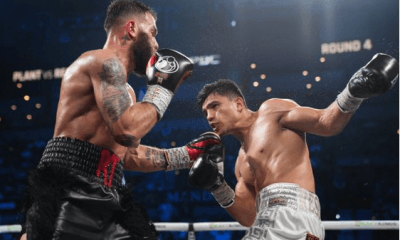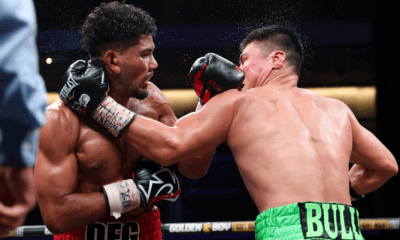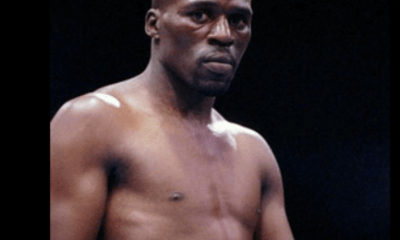Featured Articles
Avila Perspective, Chap. 132: Andy Ruiz Meets Chris Arreola
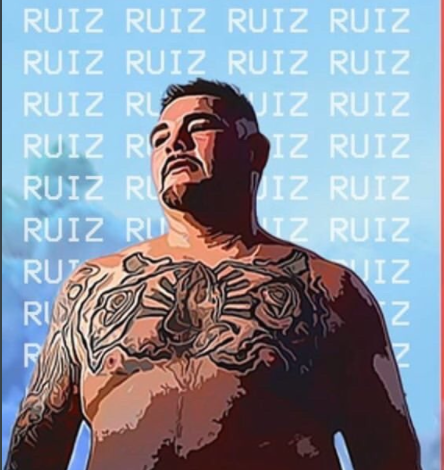
Avila Perspective, Chap. 132: Andy Ruiz Meets Chris Arreola
Back in 2009 the city of Tijuana was under siege by rival cartels battling it out on the streets. Dead bodies were everywhere and tourism was equally dead.
A heavily sponsored boxing card featuring Julio Cesar Chavez Jr. was arranged as a means to entice the American tourist. Even boxing journalists feared entering the war zone. When the promoters tossed in free hotel and restaurant accommodations, a few writers and photographers accepted the offer.
Because of the dangerous environment the boxing card was placed at the Plaza de Toros by the beach. A few thousand people showed up at the sandy bull ring eager to see Chavez fight Argentina’s Luciano Cuello in a super welterweight main event.
Fighters walked out of the tunnel into the boxing ring placed in the middle of the arena. If I recall correctly, mariachi music played for everyone entering the arena. The very first fighter to enter was a pudgy looking character with a smiling face. His name was announced as Andy Ruiz.
My first impression was he seemed out of shape. Ruiz weighed about 297 pounds. But when the second fighter Miguel Ramirez emerged, he was in even worse shape. He weighed more than 330 pounds and looked like someone grabbed him out of one of the nearby restaurants.
As soon as the first bell rang Ruiz shot out these incredible combinations. Poor Ramirez never saw what hit him and down he went in a mere 34 seconds. Though it was a very quick knockout, in all my years involved in boxing I had never seen a Mexican heavyweight with that kind of hand speed. Never.
After the fights ended, we headed to our hotel located in the heart of downtown Tijuana. We walked across the boulevard to an Argentine restaurant. The streets were empty except for the occasional jeeps occupied by three federales and a large-mounted machine gun. We ate our food quickly and got out of there.
During our dinner Ruiz entered our conversation. He stood out with those quick hands. One of the reporters joked that he looked like the Pillsbury dough boy. He did. But this dough boy could whack.
More than a year would pass when I saw Ruiz again on a boxing card at the Honda Center in Anaheim. As soon as he walked out of the tunnel into the arena area, I spotted the familiar physique and recognized him immediately. I received a text from a fellow journalist who asked if I recognized him too. We both knew what to expect – a quick knockout.
Facing Ruiz was a guy named Francisco Diaz who lived in the nearby City of Orange. He never saw what hit him. The fight lasted 1:08 and our photographer got the photo. Ruiz had dropped down to 262 pounds for this fight. He was lightning fast.
After the fights a few of us journalists gathered at one of the nearby restaurants in Anaheim. We had to talk about Ruiz and those fast hands. It was obvious to us that he had something special. Though he had fast hands he was also a heavyweight. All heavyweights can hit. The big question: can he take a punch?
Indian Willie’s Gym
In 2010, Chris Arreola was preparing for a fight at Willie Schunke’s gym in Riverside, California. The bout was going to be held at nearby Citizen’s Bank Arena in Ontario, California.
The gym was located in the backyard of a hillside home built by Schunke. Everyone, including himself, called him “Indian Willie.” You walked down a long 50-yard winding driveway in the backyard to reach the large gym. That backyard had one of the most spectacular vistas of the Jurupa Valley and faced west.
Inside the gym a number of people were already gathered when I arrived. Two veteran journalists were among those waiting for Arreola to finish having his hands wrapped. One of the journalists was Bill O’Neill who went by the name “Old Billie.” He started covering boxing during the 60s and 70s and was a personal friend of Jerry Quarry and Mike Quarry. The other journalist was Rodney Cruz Hunt who worked for CBS and KHJ sports as a video reporter.
We all knew each other well and sat around waiting for training and sparring to commence. In walked a couple of men including little-known Andy Ruiz. I immediately recognized him as the heavyweight I watched fight in the Tijuana bull ring a couple of years earlier.
The other reporters did not know him, but I informed them quickly of his “fast hands” as Ruiz began warming up to spar Arreola.
Henry Ramirez, then the trainer of Arreola and Josesito Lopez, walked up to us and told us a little more about Ruiz. He felt Ruiz was the correct size and dimensions of Arreola’s next foe. Few heavyweights can match Ruiz’s hand speed.
Everyone inside the hillside gym was slightly amazed when the punches flew. The two heavyweights sparred and it was obvious that Ruiz was going to be better than Arreola’s actual scheduled opponent. It didn’t seem like Ruiz had any other gear except 100 mph. Arreola started slowly and realized he was in a fight, not a sparring session. We all sat amazed at what we were seeing that evening. We whispered to each other that Ruiz could do damage in the heavyweight division, if he could take a punch from the big boys.
It wasn’t a long sparring session. I remember it being too much of a war for them to continue. After the sparring Arreola spoke to us about Ruiz and in typical Chris fashion said “I was getting my ass kicked so I had to step it up. That boy’s quick.”
One sad afternote: Willie “Indian” Schunke, Bill O’Neill and Rodney Cruz Hunt have all passed away since then. They would have delighted in this showdown between Ruiz and Arreola. Rest in peace my friends.
(Next week Arreola’s trek)
Fights to Watch
Sat. ESPN 7 p.m. Emanuel Navarrete (32-1) vs Christopher Diaz (26-2); Edgar Berlanga (16-0) vs Demond Nicholson (23-3-1).
Check out more boxing news on video at the Boxing Channel
To comment on this story in the Fight Forum CLICK HERE
-

 Featured Articles3 weeks ago
Featured Articles3 weeks agoThomas Hauser’s Literary Notes: Johnny Greaves Tells a Sad Tale
-
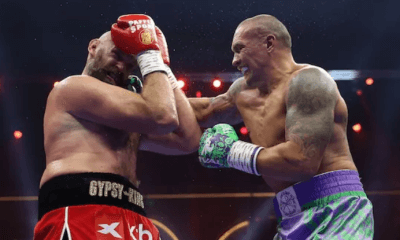
 Featured Articles2 weeks ago
Featured Articles2 weeks agoBoxing Notes and Nuggets from Thomas Hauser
-
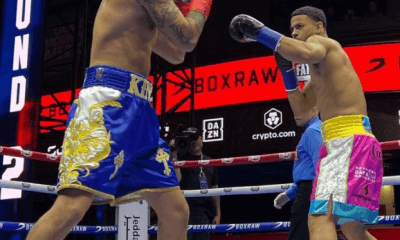
 Featured Articles4 weeks ago
Featured Articles4 weeks agoRolly Romero Upsets Ryan Garcia in the Finale of a Times Square Tripleheader
-
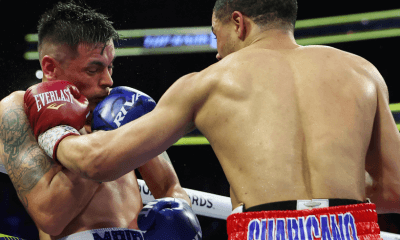
 Featured Articles4 weeks ago
Featured Articles4 weeks agoUndercard Results and Recaps from the Inoue-Cardenas Show in Las Vegas
-

 Featured Articles4 weeks ago
Featured Articles4 weeks agoCanelo Alvarez Upends Dancing Machine William Scull in Saudi Arabia
-
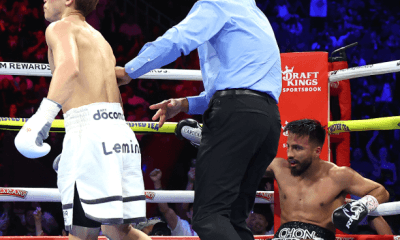
 Featured Articles4 weeks ago
Featured Articles4 weeks agoBombs Away in Las Vegas where Inoue and Espinoza Scored Smashing Triumphs
-
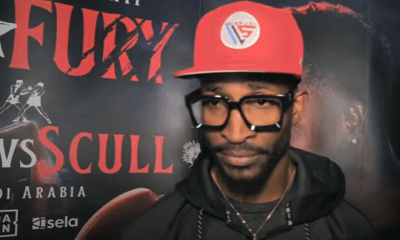
 Featured Articles4 weeks ago
Featured Articles4 weeks agoArne’s Almanac: The Good, the Bad, and the (Mostly) Ugly; a Weekend Boxing Recap and More
-
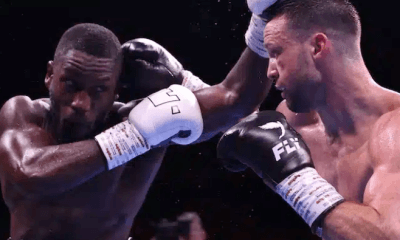
 Featured Articles1 week ago
Featured Articles1 week agoEkow Essuman Upsets Josh Taylor and Moses Itauma Blasts Out Mike Balogun in Glasgow

